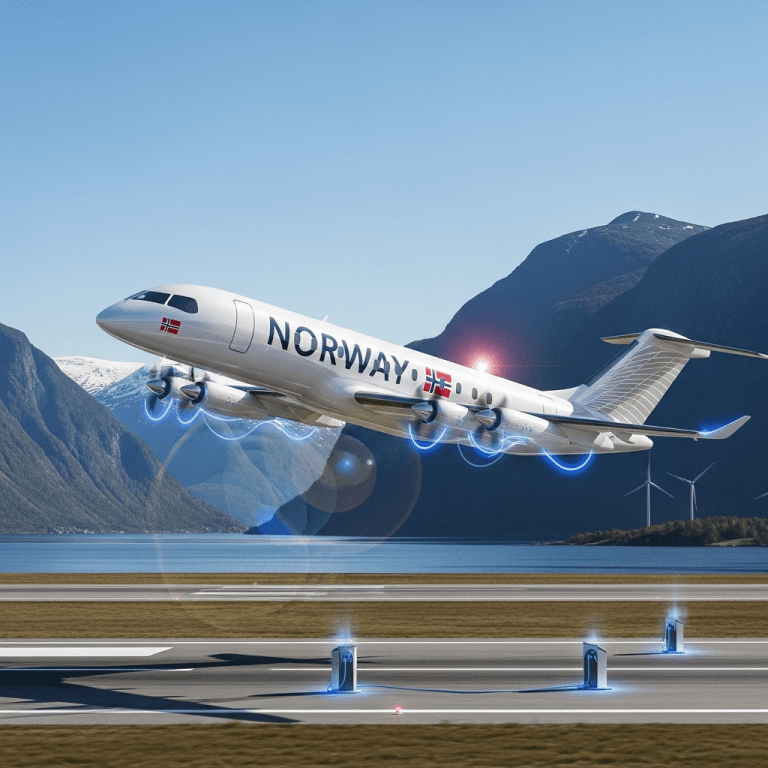In the quest for a sustainable future, Norway’s aggressive push for electric planes is reshaping aviation. As nations race to meet climate targets, Norway stands out for its bold policies, innovative projects, and firm commitment to decarbonizing air travel. With ambitious goals and a pioneering mindset, Norway aims to become the global hub for electric and hybrid aircraft by 2025.
The Vision Behind Norway’s Aggressive Push for Electric Planes
Norway plans to electrify all short-haul domestic flights by 2040, with major milestones by 2030. This vision is not just about reducing emissions—it’s about leadership. Aviation accounts for 2–3% of global greenhouse gases, and Norway seeks to prove that clean air travel is possible without sacrificing connectivity.Strategic Partnerships and Technological Innovation
Central to Norway’s aggressive push for electric planes is collaboration between government, airlines, and startups. Avinor, Norway’s state-owned airport operator, partners with aircraft manufacturers and tech firms to test and deploy electric and hybrid models. Successful test flights have already demonstrated that electric propulsion works for regional routes—especially across Norway’s fjords and remote regions.Investment in Research and Infrastructure
The government is investing heavily in research and physical infrastructure. Grants support battery innovation and charging solutions designed for the Nordic climate. Airports are being upgraded with charging stations and maintenance hubs for electric aircraft. These steps build the foundation for a cleaner, smarter aviation system.Why Norway Is Uniquely Positioned to Lead in Electric Aviation
Norway’s progress in electric aviation is no accident—it’s built on three strategic advantages:- Abundant Renewable Energy: Nearly 100% of Norway’s electricity comes from hydropower, making electric aviation naturally green.
- Government Incentives: Norway’s success with electric cars and policy support creates an easy path for aviation electrification.
- Geographic Advantage: The country’s many short routes and small airports are perfect for electric planes.









